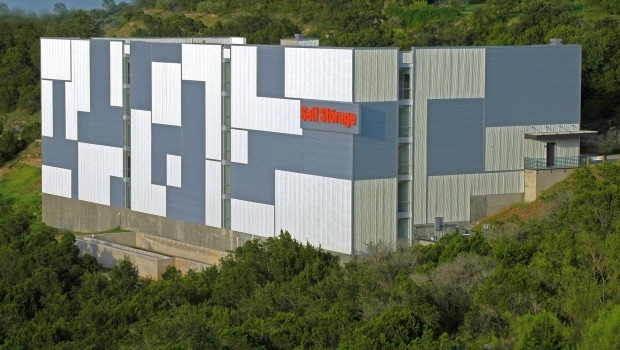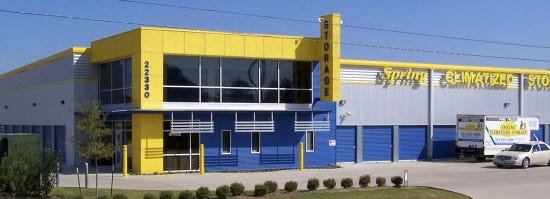Building a multi-story facility can be a rewarding option for self-storage owners or developers facing higher land costs, small lots or strict zoning. Following is a brief overview of the advantages and disadvantages to building vertical.
August 20, 2014

By Charles Plunkett
Multi-story construction has been around for many years in the self-storage industry and has become a mature part of this business. That doesn’t mean things don’t change or there isn’t still more to learn. Following is a brief overview of the advantages and disadvantages to building vertically.
Rentable Square Footage
Multi-story development allows you to use a much smaller piece of property to achieve the desired square footage for your self-storage development. How efficient this is depends on a number of factors including:
Building setback requirements
Ingress/egress requirements
Impervious coverage (how much of the natural surface you’re allowed to cover with impenetrable materials such as concrete)
Maximum coverage ratios
Assuming setbacks and coverage are not an issue, you can essentially cover most of a site except for the entry drive, a fairly small tenant-parking area in the front, and an unloading area. This type of layout will also be dependent on fire-department requirements and whether safety personnel require access all the way around the building.
Since most if not all of the units in a multi-story building are typically climate-controlled, it’s important to remember this requires access hallways. In addition, you’ll have elevators and equipment rooms as well as stair towers. As a rule of thumb, 75 percent of the total floor area will be rentable space, with the balance being lost to these portions of the building. You’re building the gross square footage, but you’re only able to rent the net leasable area.
Building Codes
One of the more recent developments affecting multi-story construction is a change in building codes. There used to be several different codes, however, they were all merged into the International Building Code (IBC) several years ago. The latest version, 2012 IBC, has been adopted by most cities.

Under this code, if you build more than three stories in height, the entire supporting structure is required to be one-hour fire-rated, meaning the building structure can resist fire exposure for one hour. In the past, self-storage facilities have been built up to five stories high using light-gauge framing for the interior structural support. With this new code requirement, owners and developers have two options: frame the structural support out of heavy steel such as tube steel and beams, and then fireproof the structural support; or build the structure out of concrete. In either case, this results in significant increases to the construction budget.
Marketing Factors
One of the best things about multi-story construction is the building itself is like a giant sign. The facility’s name and amenities can be displayed on the building with large letters, making it visible at a great distance. Unless it’s prohibited by zoning or some other special requirement of the governing authority, most multi-story facilities will also feature large expanses of glass displaying roll-up storage doors in the upper levels. These doors can also be highlighted by lights at night, drawing the attention of passersby.
The design options for a multi-story building’s exterior are almost limitless. This type of construction offers the opportunity to add a variety of design elements such as color and materials to enhance curb appeal. You can even add eco-friendly elements.
Building a multi-story facility can be a rewarding option for self-storage owners and developers facing higher land costs, small lots or strict zoning. In addition, going vertical has a number of other advantages including the opportunity to be highly visible in a sea of buildings.
Charles Plunkett is founder, owner and CEO of San Antonio-based Capco Steel Inc., which supplies steel and erects metal buildings, including self-storage and boat/RV storage. The company provides design for projects of all sizes as well as engineered drawings, unit-mix layouts, hallway systems, roll-up doors and more. For more information, call 210.493.9992; visit www.capcosteel.com.
You May Also Like





